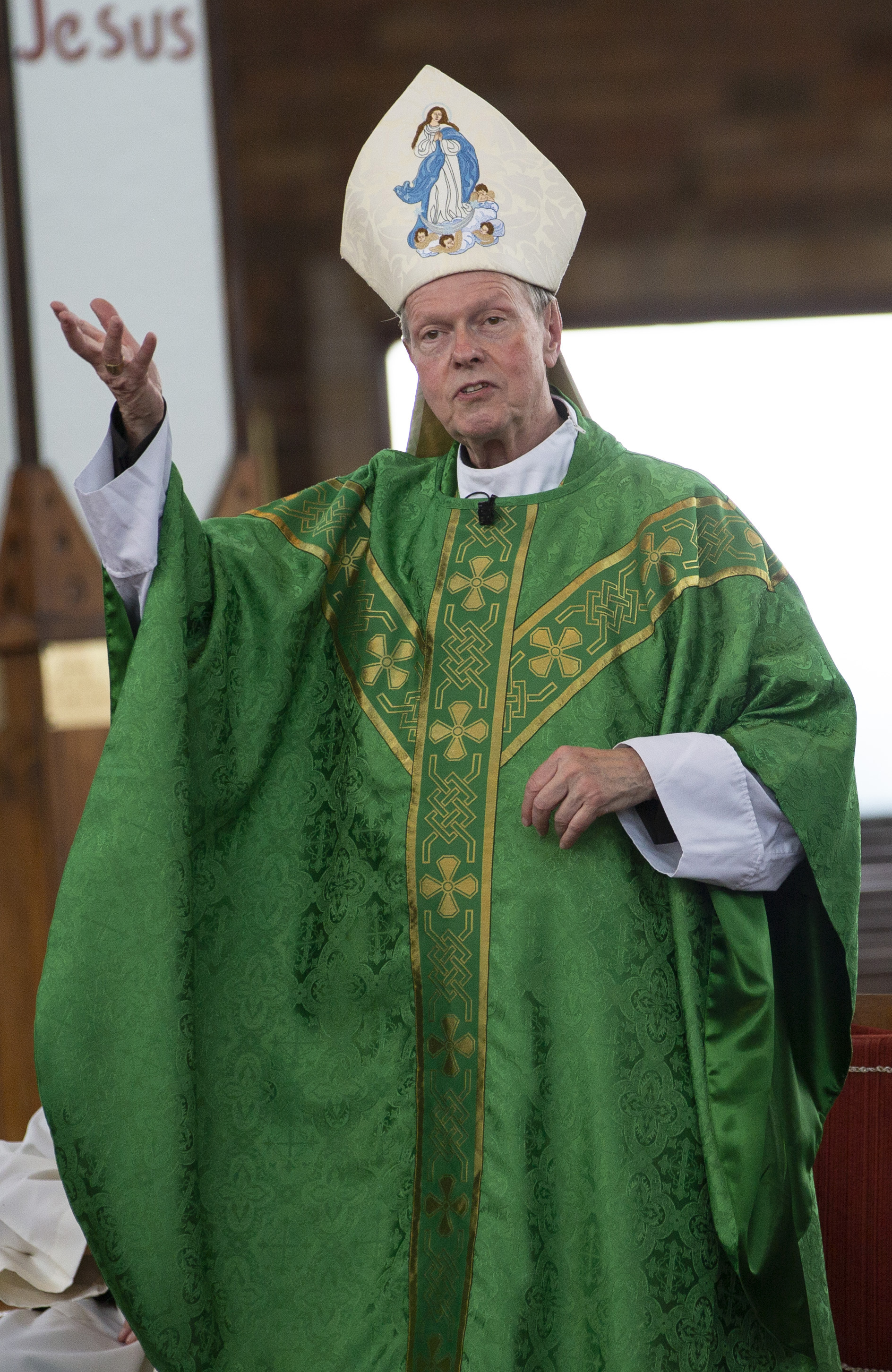April 6, 2018 at 1:53 p.m.
Panelists list ways to counter causes of violence in community
* Albany County Executive Michael Breslin, who noted that over the past several years, the county created a Department of Children, Youth and Families to address the problem of violence and identify at-risk children earlier;
* Dr. Michael Zuber of the State Office of Mental Health, who spoke of his office's involvement in the DARE (Drug Abuse Resistance Education) program, the gang resistance education and training program, a program to help schools develop policies, and plans to deal with violence, mental health services for children in the juvenile justice system and a sexual offender intervention project;
* Lt. John Finn of the Albany Police Dept., who said his department is shifting its focus to examining the causes of violence, as well as developing partnerships with Parsons Child and Family Center, LaSalle School, and St. Anne Institute in Albany;
* Sally Herrick of the State Office of Children and Family Service's Office of Youth Development, who helped create a youth leadership and service council of 42 young people who give input on their own needs;
* Alice Green of the Center for Law and Justice, who addressed the need to define what violence is and programs her organization has created, from anti-drug videos to money-management curricula, and a website responding to random violence in Albany;
* Dr. Katharine Briar-Lawson of the school of social welfare at The University at Albany, who stated that the way to halt violence is to get at-risk parents and youth actively involved in solutions (for example, manning a store that sells school supplies);
* Saratoga Family Court Judge Courtenay Hall, who said that most people who perform acts of violence aren't intrinsically evil, and that he tries in his courtroom to empower them to help themselves;
* Felicia Watson of the State Center for School Safety, who noted that there are three basic issues involved in reducing violence: mental health counseling, bias reduction and an emergency response plan; and
* Raymond Schimmer of Parsons Child and Family Center, who listed six themes on reducing violence: bearing witness to nonviolence with one's own behavior; approaching people's strengths and magnifying their assets; making violence a community responsibility; admitting there is a lack of knowledge about violence; providing services; and making government a generator and coordinator of those services.
"I feel a lot better about our community after hearing you all today," Mr. Schimmer told his fellow panelists. However, he added, "we're not done until we get every kid and every family and give them the best shot" to avoid violent behavior. (KB)
(10-18-01)
[[In-content Ad]]- Head of Spanish political party criticizes Catholic Church’s defense of Muslim community
- Petition filed at Supreme Court seeks overturn of landmark same-sex marriage ruling
- At 80th anniversary Mass in Nagasaki, people urged to bring Christ’s love, peace to world
- Canadian court OKs priest’s abuse suit against prominent priest, religious order
- As Latino communities live in fear of ICE, LA Catholics find ways to help hurting families
- Pittsburgh bishop calls for prayer after deadly steel plant explosion
- Trump federalizes DC police force, says homeless encampments will be removed
- Statue of Confederate general known as anti-Catholic to be reinstalled in nation’s capital
- Advocate pleads for Vatican aid as Russian adoption database shows Ukraine’s children
- Pope approves expanded family benefits for Vatican employees







Comments:
You must login to comment.